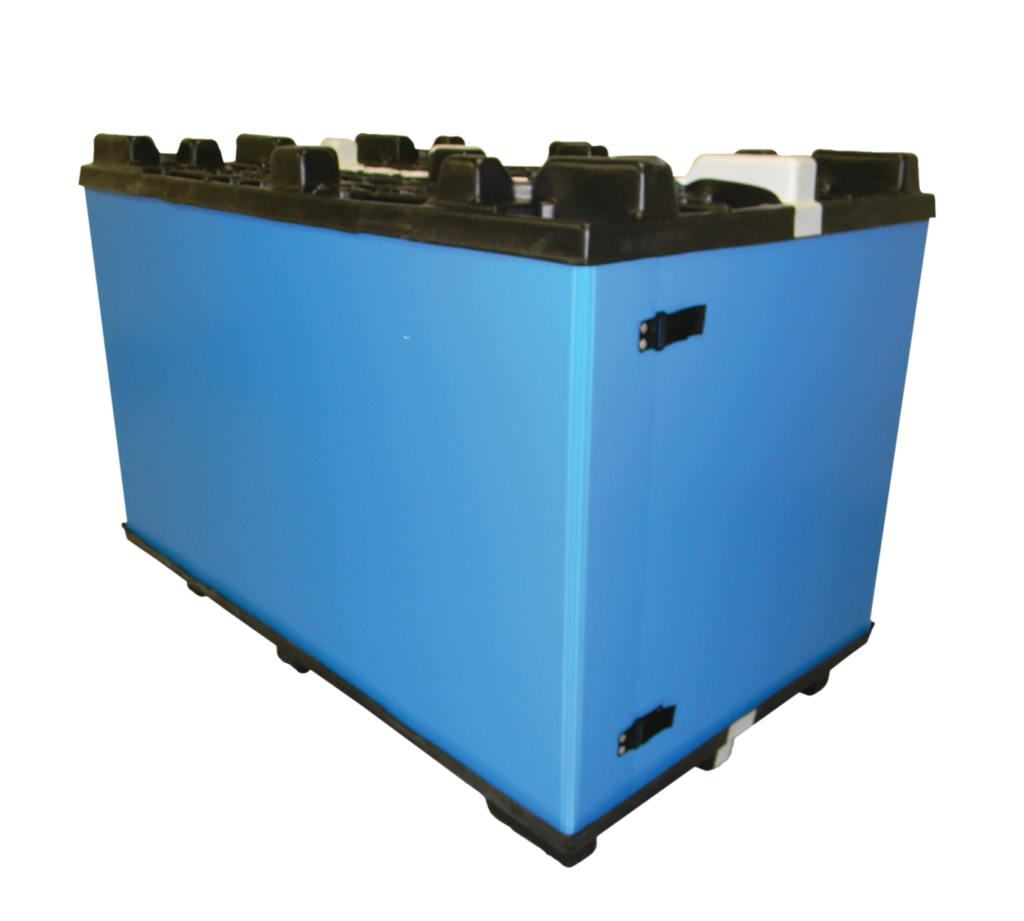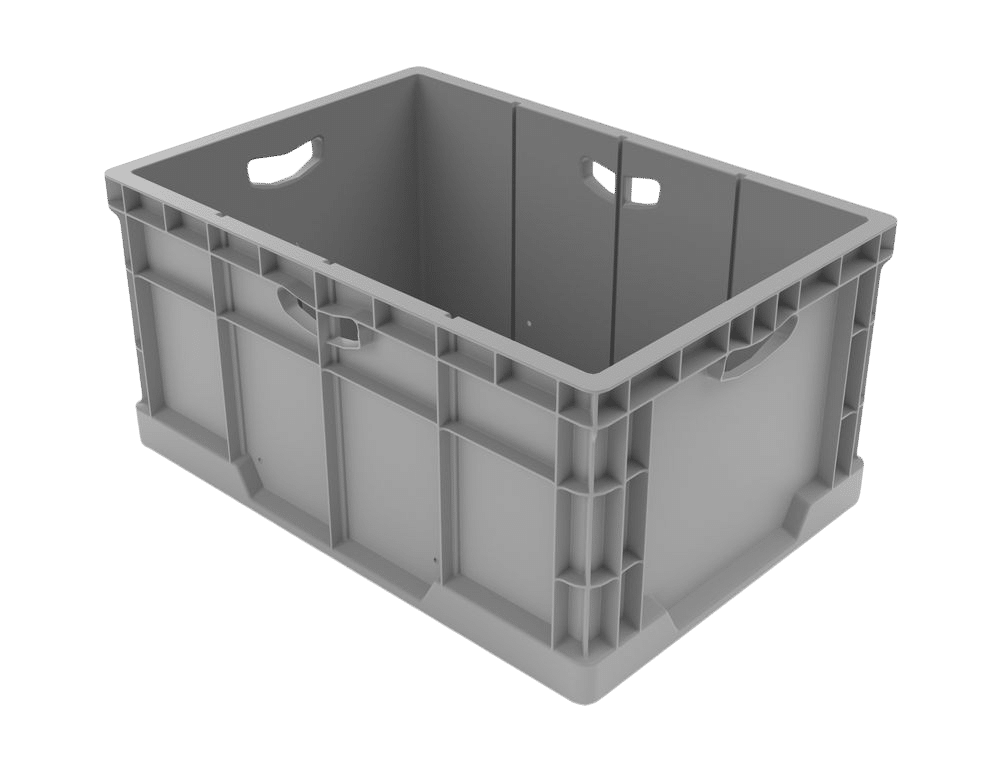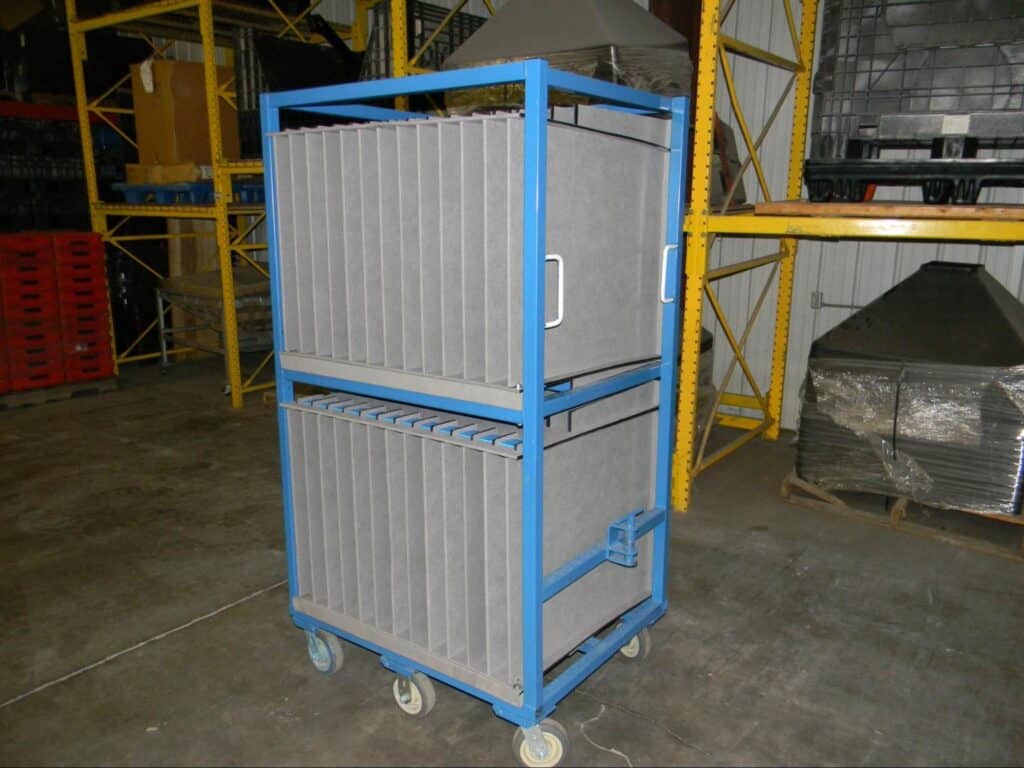Packing and shipping heavy or irregularly shaped items—from complex industrial machinery and medical devices to oversized electronic components—presents a unique set of challenges. This is where a strategic approach to heavy shipment packaging becomes essential, moving beyond standard boxes to create truly protective solutions. The stakes are incredibly high, as a single damaged item can result in costly losses that ripple through an entire supply chain and impact project timelines. The key to transforming a vulnerable shipment into a secure fortress lies in a holistic strategy that combines robust materials, intelligent protective techniques, and custom-fit designs. This article provides actionable best practices to help you ensure secure transportation, minimize damage, and enhance operational reliability for long-term success.
The Specific Challenges of Heavy & Irregular Shipments
While standard packages are designed for predictable, uniform stacking, irregular and heavy shipments introduce specific physical and financial risks that require deeper consideration. Their inherent complexities—such as uneven weight distribution, an unusual center of gravity, and protruding parts—create profound instability during stacking and a heightened vulnerability to in-transit shocks and vibrations. Without adequate, targeted reinforcement, even a minor shift can have a major impact, potentially rendering a high-value product useless upon arrival.
Failing to anticipate these pressures can incur significant expenses that extend far beyond simple replacements or refunds. Damaged goods can disrupt critical production schedules, triggering costly downtime and harming customer relationships that took years to build. Furthermore, bulky or unstable shipments pose serious safety risks for logistics personnel during lifting, stacking, and maneuvering, increasing liability at the loading dock and throughout the supply chain. Understanding and addressing these distinct challenges head-on is the foundational first step toward achieving reliable, damage-free deliveries.
Understanding Irregular and Heavy Shipments
Irregular and heavy shipments typically exceed standard freight parameters in size, shape, or weight. Items weighing over 70 pounds are generally considered heavy, while unusually shaped goods often require non-traditional handling processes. Standard packaging—designed for uniform stacking—frequently fails to accommodate uneven surfaces or protruding parts, increasing the risk of compression damage and instability in transit. For instance, large industrial machinery may experience stress concentration if not properly supported.
Similarly, shipping mixed loads that include both regular and unconventional items poses additional complexities. Arranging non-uniform shapes with standard boxes often requires a strategic configuration to maintain equilibrium and prevent abrupt shifting. Effective packaging for irregular cargo thus demands thorough planning of weight distribution and a clear comprehension of a shipment’s specific vulnerabilities.
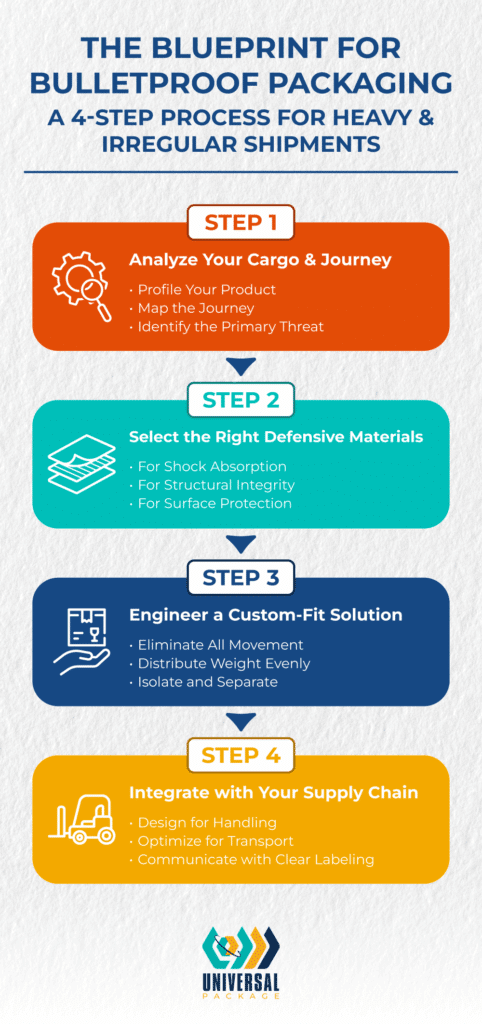
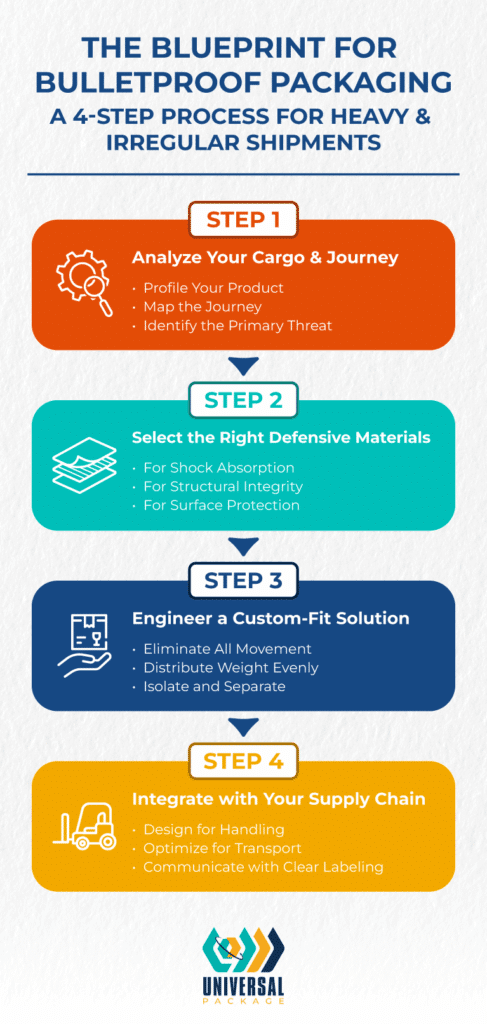
Assessing Shipment Needs
Before designing packaging for heavy or irregular shipments, perform a comprehensive assessment of the products and shipping environment. Key factors include weight, dimensions, exterior shape, and fragility. For example, some items are particularly sensitive to vibration, while others may require scratch protection because of exposed surfaces. Clearly specifying these needs provides a starting point for selecting appropriate materials and packaging configurations.
A thorough assessment helps pinpoint potential weak spots in the packaging plan. Bulky items prone to movement during transit may benefit from special dunnage solutions that stabilize the load, while vibration-sensitive products might require multiple layers of cushioning. Additionally, shipments exposed to extreme conditions—such as long overseas transit—may need extra reinforcement around vulnerable areas.
Beyond internal product specifics, it is also crucial to account for external factors like climate, shipping routes, and handling methods. A scenario involving multiple carrier transfers will naturally demand more robust packaging. By coordinating packaging design with your company’s logistical operations, you can ensure optimal protection at every stage of the supply chain.
Materials Best Suited for Heavy Shipment Packaging
Selecting the right materials can have a significant impact on the integrity of your shipment. Modern packaging offers a range of options that require careful evaluation based on product needs. For example, while some manufacturers are exploring materials such as corrugated plastic for their potential light weight and rigidity, it is important to review technical specifications and product data to verify that a chosen material meets requirements for durability and resistance to environmental factors. Other options include foam inserts for shock absorption and metal frames or racks when maximum load-bearing capacity is required.
In addition, employing reusable packaging solutions not only drives cost savings over time but also supports sustainability efforts by reducing waste.
Protective Packaging Techniques
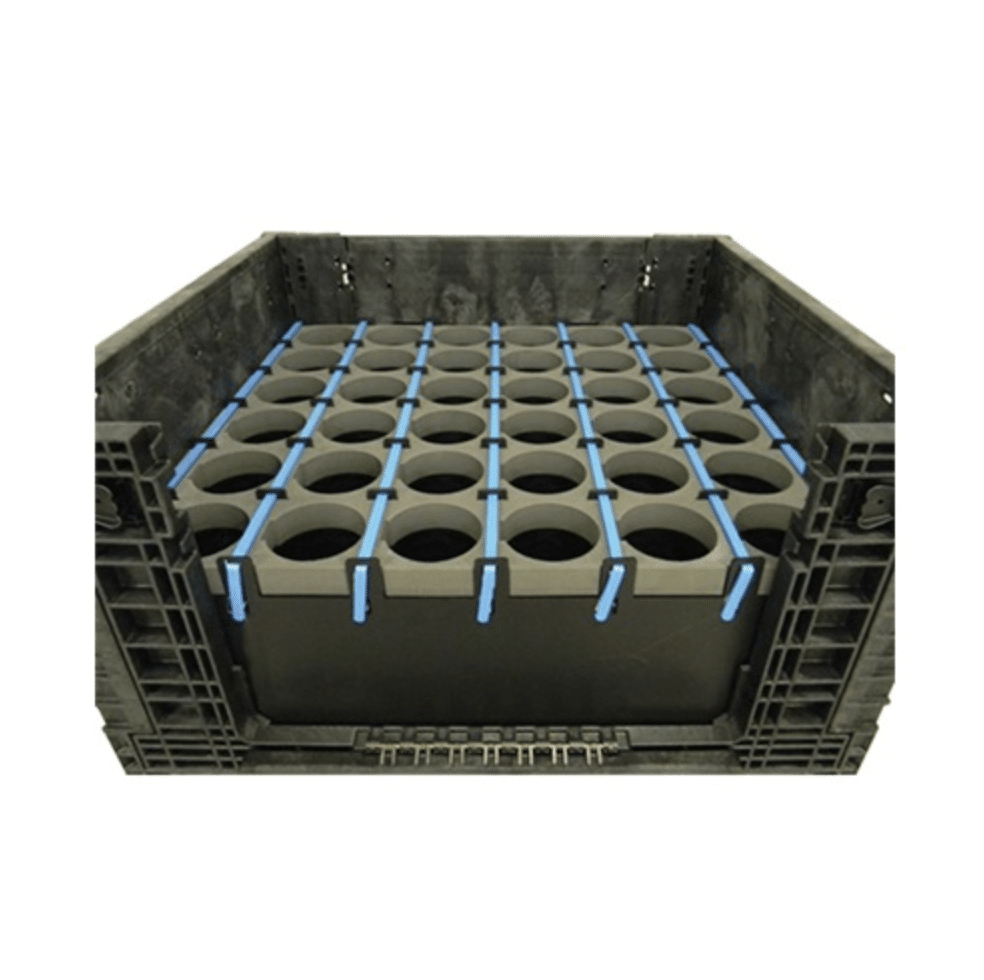
Proper material selection is essential, but how shipments are supported and arranged also significantly affects outcomes. For irregular shapes, custom-fitted inserts or pads can help hold items securely. This approach minimizes internal shifting, which often leads to breakage.
Layering is another key factor. When multiple products are loaded together, incorporating protective layers between each item helps prevent collisions or abrasive contact. Even minor impacts can damage delicate components, so identifying stress points is critical for deciding where to add additional cushioning.
Custom Packaging Solutions for Specific Applications
Industries such as automotive and construction often deal with shipments that do not conform to standard box dimensions. For example, bulky automotive parts require robust packaging to maintain part integrity. Construction materials like oversized pipes or machine components can be stabilized using custom frame structures or reinforced edges to address additional stress loads.
Specialized packaging solutions can be tailored to the unique fragilities of the cargo, helping prevent direct impacts and providing structured support. In certain cases, multi-layered arrangements such as racks or bins simplify handling, reduce loading times, and promote safer stacking during transit.
Logistical Planning and Supply Chain Considerations
An effective heavy shipment packaging strategy extends beyond material selection. Packaging decisions must be integrated with a cohesive logistics plan. Different transport modes, whether international ocean freight or cross-country trucking, present varying handling conditions. Ensuring that shipping containers are stable, moisture-resistant, and able to withstand continuous vibration is crucial.
Moreover, aligning packaging design with warehousing and distribution processes is vital. When forklifts or automated systems handle your shipments repeatedly, packaging shapes and dimensions should support quick, safe movement. Planning these details in advance helps avoid costly redesigns, reduces the risk of in-transit damage, and promotes operational efficiency.
Innovative Strategies to Minimize Damage and Reduce Costs
Minimizing damage is paramount for maintaining profitability when dealing with heavy shipments. Regular in-house testing, such as simulated drop or load tests, can help identify potential vulnerabilities in your packaging designs. Adjustments based on these tests—such as the strategic introduction of additional cushioning or custom inserts—can yield improvements in shipment safety.
For businesses where capital investment is a concern, exploring leasing options for specialized packaging tools and equipment may offer the necessary flexibility to handle variable shipping volumes. These approaches help introduce optimal packaging solutions without sizable upfront costs, ultimately reducing overall expenditures related to product damage.
Environmental and Sustainability Considerations
Today’s supply chain stakeholders often prioritize environmentally responsible choices. Recyclable or reusable materials can play a significant role in reducing waste. For instance, certain modern plastics and streamlined packaging footprints help minimize material usage while still providing effective protection.
If eco-responsibility is a primary concern, consider adopting sustainable packaging strategies that include energy-efficient production, biodegradable components, or reduced packaging weight. Selecting materials that can be recycled further contributes to a reduced environmental footprint and supports a green brand image.
Benefits of Optimized Packaging for Irregular and Heavy Shipments
Implementing optimized packaging solutions offers several notable advantages:
- Minimized Damage and Costs – Tailoring packaging to address stress points and irregular shapes helps reduce damage risks, saving on refunds, replacements, and repairs.
- Elevated Customer Confidence – Effective packaging that ensures products arrive undamaged bolsters a company’s reputation and fosters repeat business.
- Streamlined Logistics – Smart packaging designs expedite loading, unloading, and warehouse handling, reducing bottlenecks and improving supply chain efficiency.
- Long-Term Savings – Advanced packaging materials and custom designs may represent a higher initial investment, but their durability and reusability often result in overall cost savings through fewer repairs and replacements.
Secure Your Shipments, Secure Your Success
Handling irregular and heavy shipments demands a multi-faceted approach that blends appropriate material selection, strategic design, and well-coordinated logistical planning. By refining shipment packaging with custom inserts, tested material selections, and synchronized palletization, you can help ensure safe, efficient, and cost-effective transportation.
Incorporating eco-responsible practices, such as exploring sustainable packaging materials, can further enhance your shipping strategy. In addition, staying abreast of specialized regulations for certain industries or destinations adds an extra layer of protection by ensuring compliance with all necessary requirements. Contact Universal Package to see how our packaging solutions can allow you to better protect your cargo, control shipping costs, and improve overall customer satisfaction.


